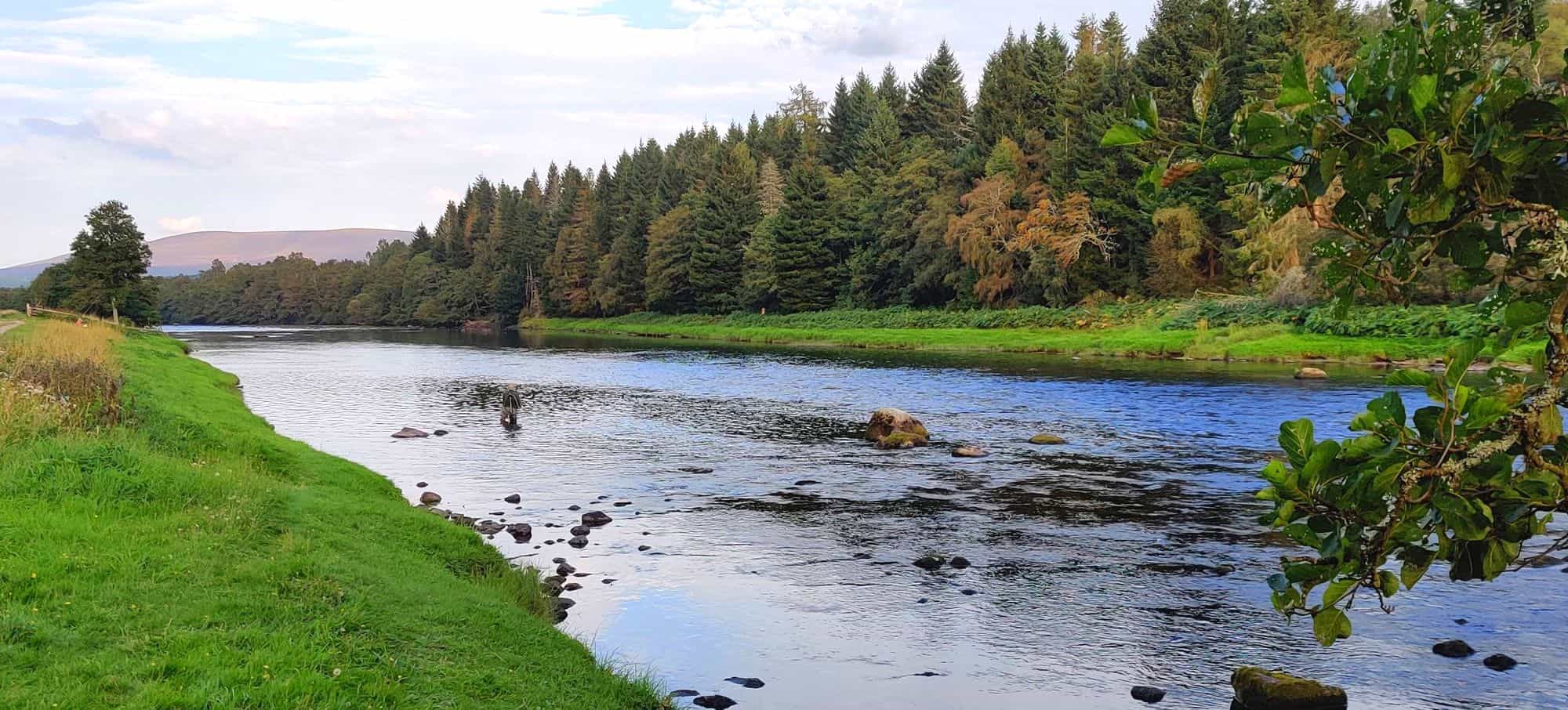Atlantic Salmon Fly Fishing
The Atlantic salmon, salmo salar, earned the title “King of Fish”, no doubt owing to its size as a freshwater fish, its strength and stamina in making its epic jouney from river to sea and back again, and of course its sporting qualities. The rivers of northern Europe have been the scene of many an epic battle fought between angler and fish of sometimes enormous proportions. Atlantic salmon can grow to a very large size and the biggest, which have been recorded at more than 35 kg (77 lbs), are usually caught in Norway and Russia. However, some very large fish have been recorded in Scottish rivers, the largest caught on rod and line by Miss Georgina Ballantyne in the River Tay in 1922: it weighed 64lbs (29kg). There is an 1891 report of a huge salmon of 70lbs, also caught in the River Tay, but in a net rather than rod and line. The record Atlantic salmon caught on rod and line in Europe is thought to be a male salmon of 35.89 kg (79 lbs) caught on the Tana River in Norway. Pacific King (or Chinook) salmon can grow even larger than its Atlantic cousin. The biggest king salmon ever recorded is thought to be the 126-pound monster caught in a fish trap near Petersburg, Alaska in 1949, while the record for a King salmon caught on rod and line stands at 97 pounds, caught in the Kenai River in 1985.
Norwegian rivers have long been renowned for the quality of their salmon fishing, on famous rivers like the Tana, Alta, Vosso, Gaula, Orkla, Namsen and Lakselva, to name only a few of the best. In more recent years, Russia has become a favourite destination, with fishing camps established on many of the rivers of the Kola Peninsula, for example, the Yokanga, Litza, Ponoi, Kharlovka, Kola, Rynda, Umba, Varzuga and Varzina, some of them offering the chance of catching Atlantic salmon of forty pounds or more.
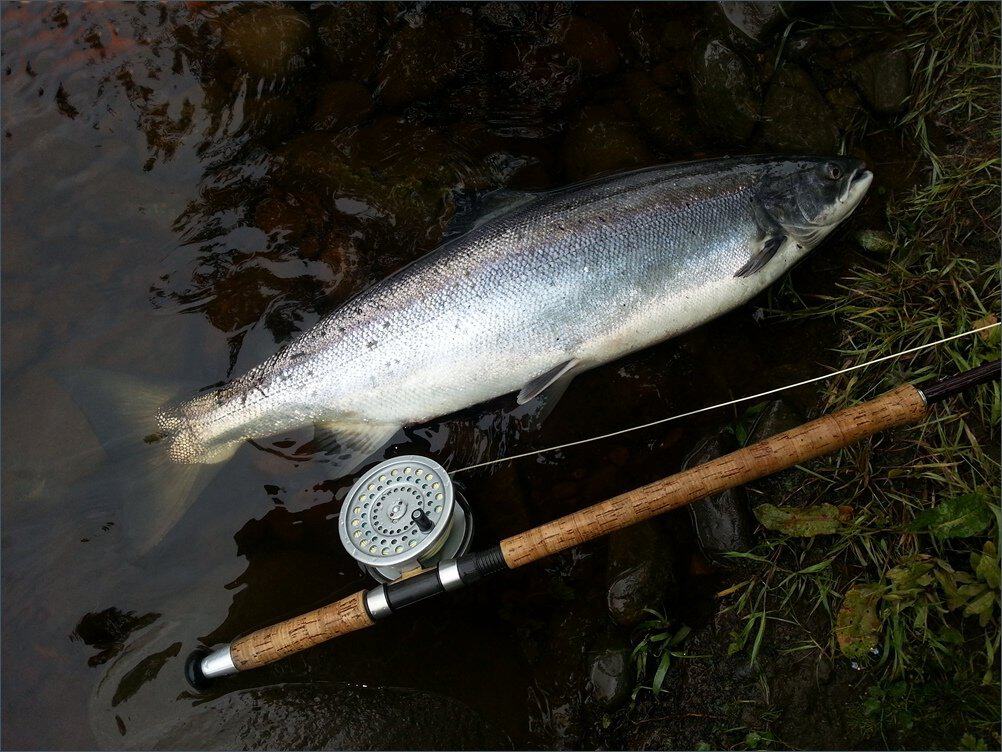
Scottish Salmon Fly Fishing
Despite the superb fishing on offer in Scandinavia and Russia, we in Scotland are blessed with numerous excellent salmon rivers, many of them historically extremely productive, offering the ultimate fishing experience to those who could afford the prices on some of the most exclusive and sought after beats on rivers like the Spey, Dee, Tay, Tweed, Helmsdale or Naver. Many of the best and most prolific beats had long waiting lists for a chance to fish them. Despite the recent decline in catches, of both salmon and sea trout, on our Scottish rivers, there are still excellent opportunities on dozens of our rivers, some of it on privately run Highland estates, some run in conjunction with fishing hotels, while our many excellent angling clubs and associations do a grand job of managing some very good fishing for the benefit of both local and visiting fishermen, often at most reasonable prices.
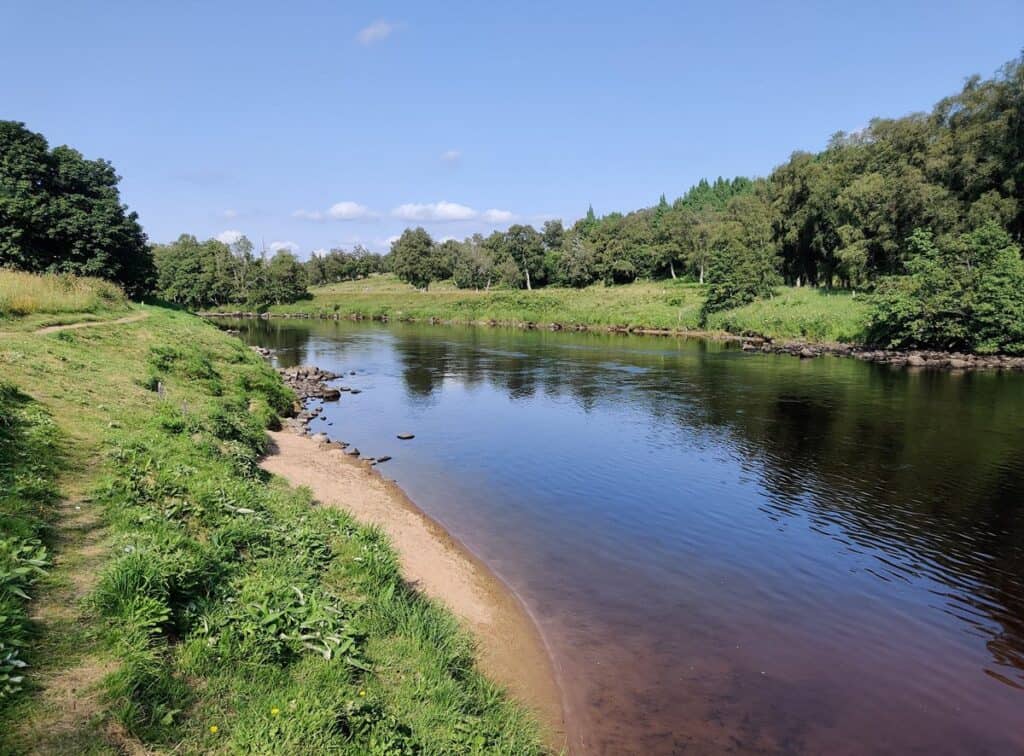
Salmon Flies and Fly Tying
In the past, salmon were caught on a variety of methods, including bait fishing, for example using dace, prawns, shrimps and worms, spinning with artificial lures such as the Toby or Devon Minnow with the aid of multiplier or fixed spool reels, and fly fishing. Today, fly fishing is the preferred method a salmon fishing on the vast majority of rivers, both here and abroad, with severe restrictions on alternative methods, if they are allowed at all. The salmon fly fisherman is well catered for by a great range and variety of ever-developing rods, reels, lines and accessories, produced by both old and newly established manufacturers to satisfy the angler’s every need … and more.
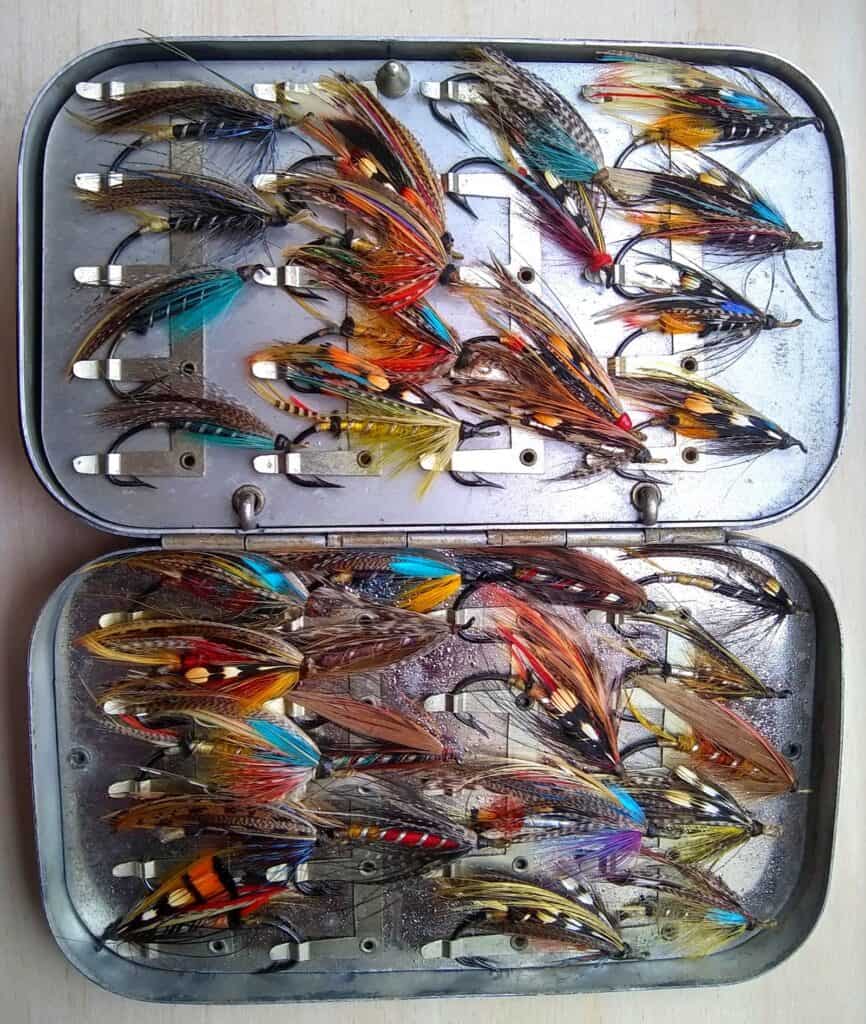
Salmon flies, always a major focus of the angler’s attention and a great source of controversy and varying opinion, have also undergone many changes and developments over a long period, from the elaborately dressed salmon “irons” of the nineteenth century, complex creations employing many scarce and exotic feathers, to the current wide range of artificial fly tying materials, beads, accessories and tubes of every size, shape, colour, weight and density imaginable. Today’s salmon fisher can choose from an infinite variety of flies, or create his own at the tying bench to suit his precise circumstances, purposes, preferences and fancies.
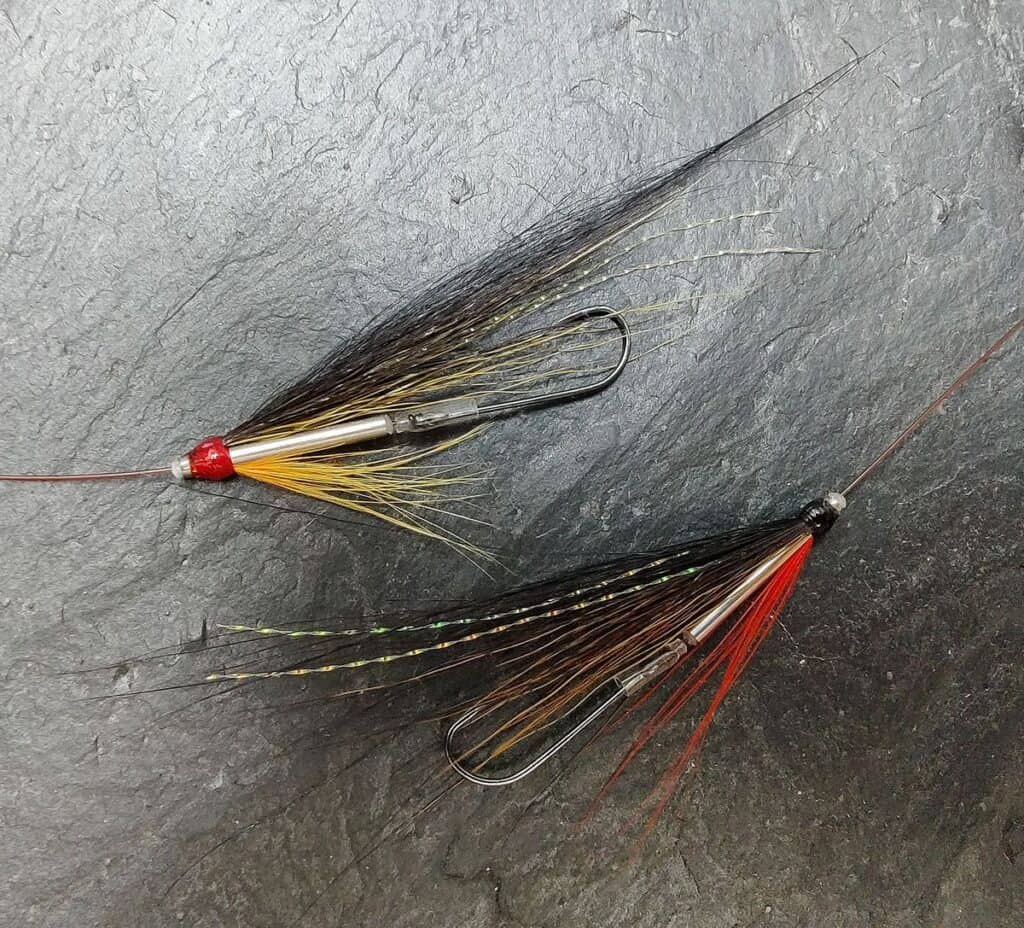
Pacific Salmon Fishing
The Atlantic Salmon is not the only species sought after by fly fisherman. In North America there are five species of Pacific salmon which will readily come to the fly at various times of the year, as they run the rivers of the Pacific North West and the Great Lakes to spawn.
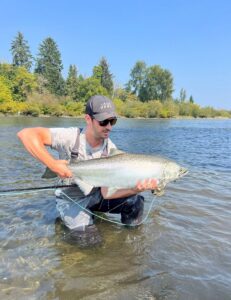
Follow one angler’s fishing adventures in British Columbia as he chases all species of salmon, as well as the elusive steelhead, on the rivers of Vancouver Island
